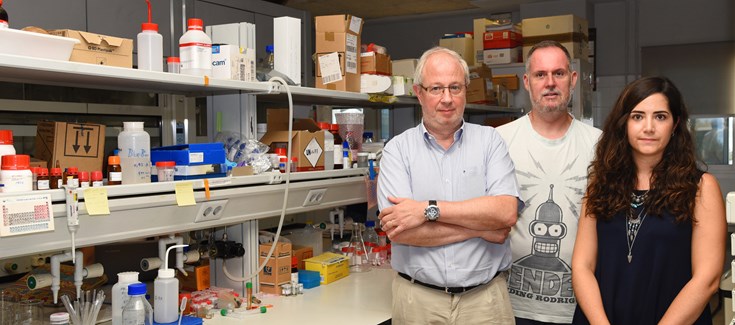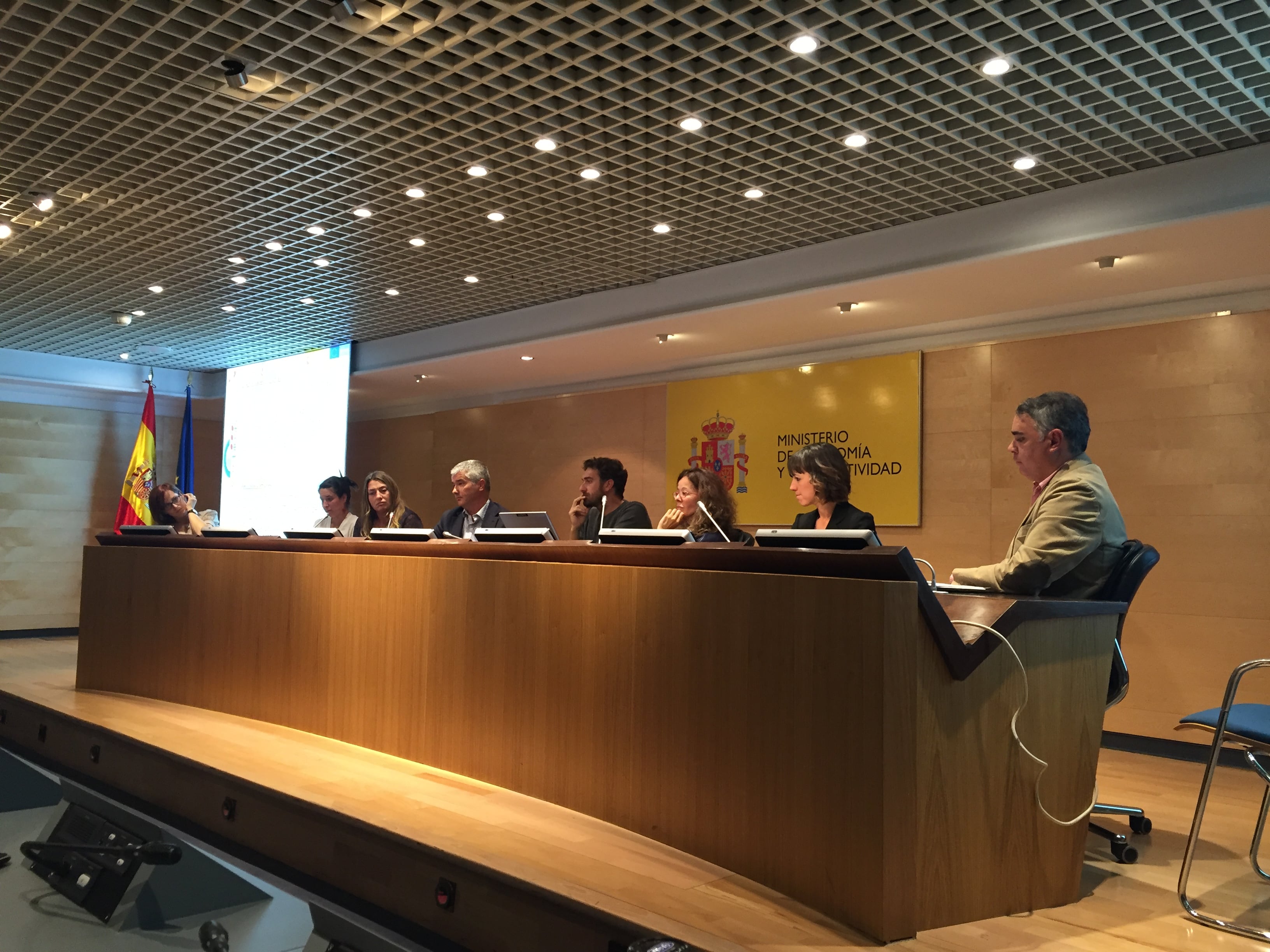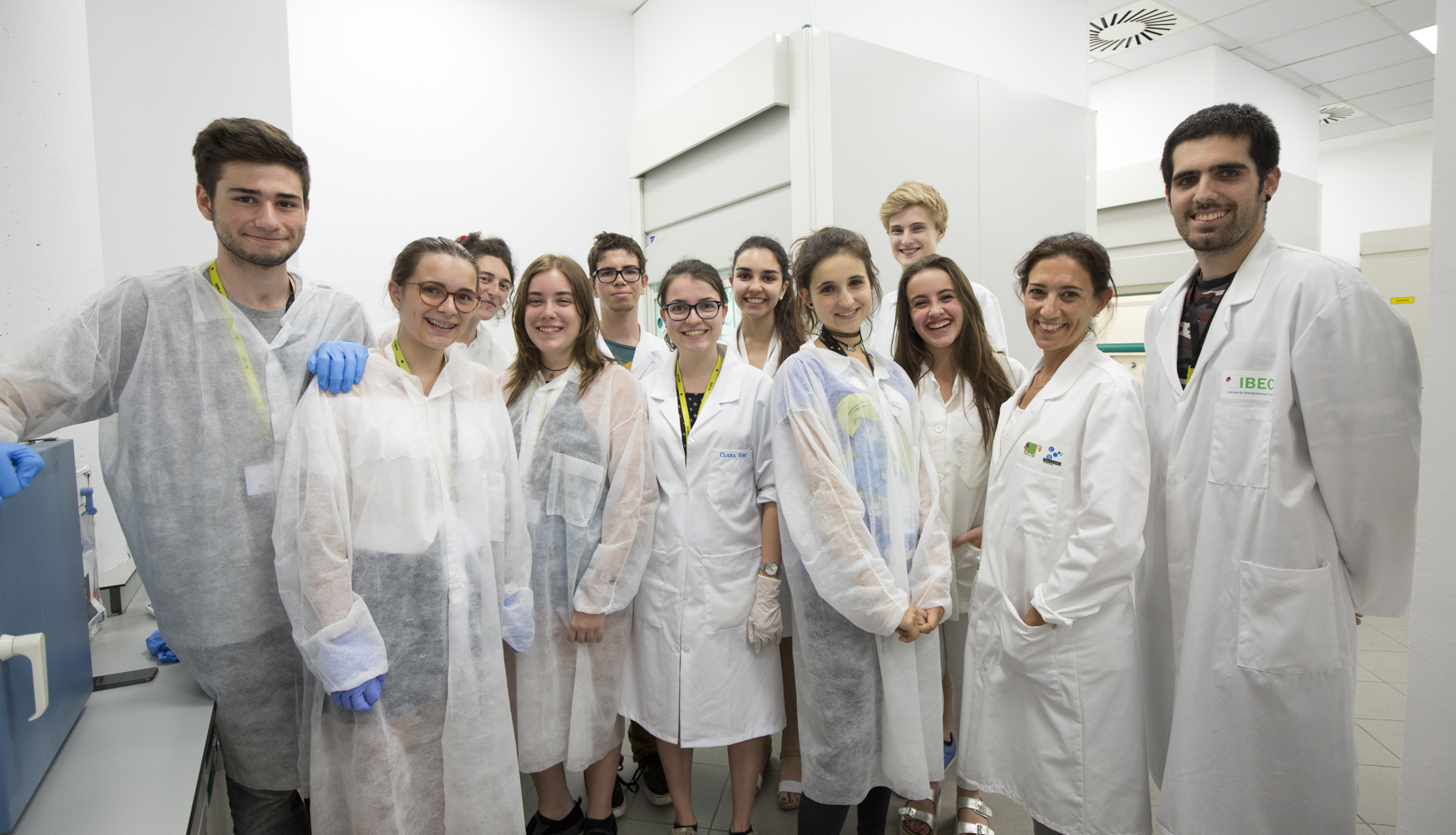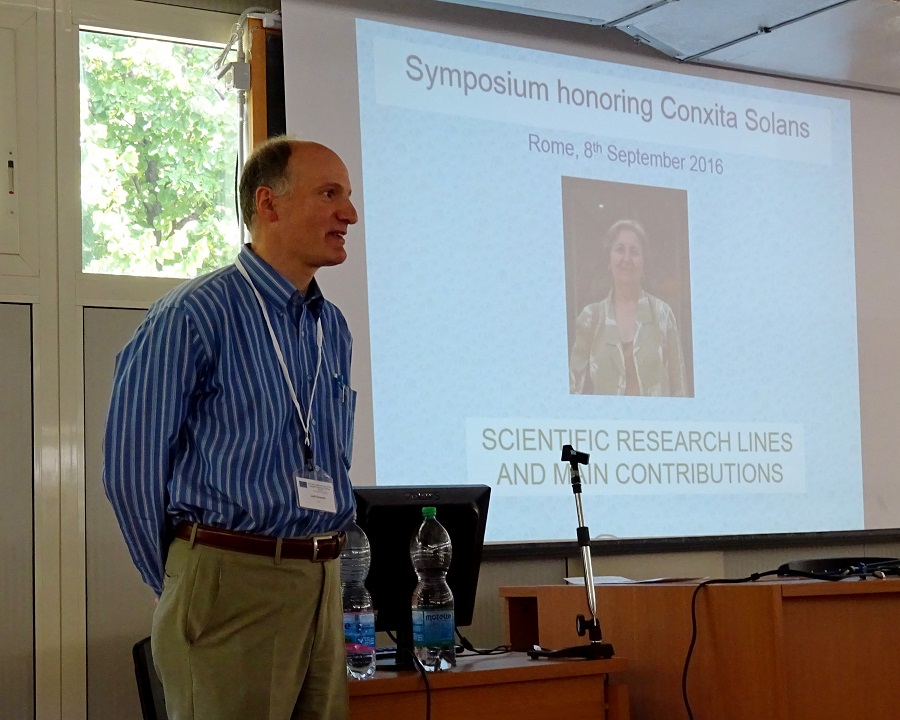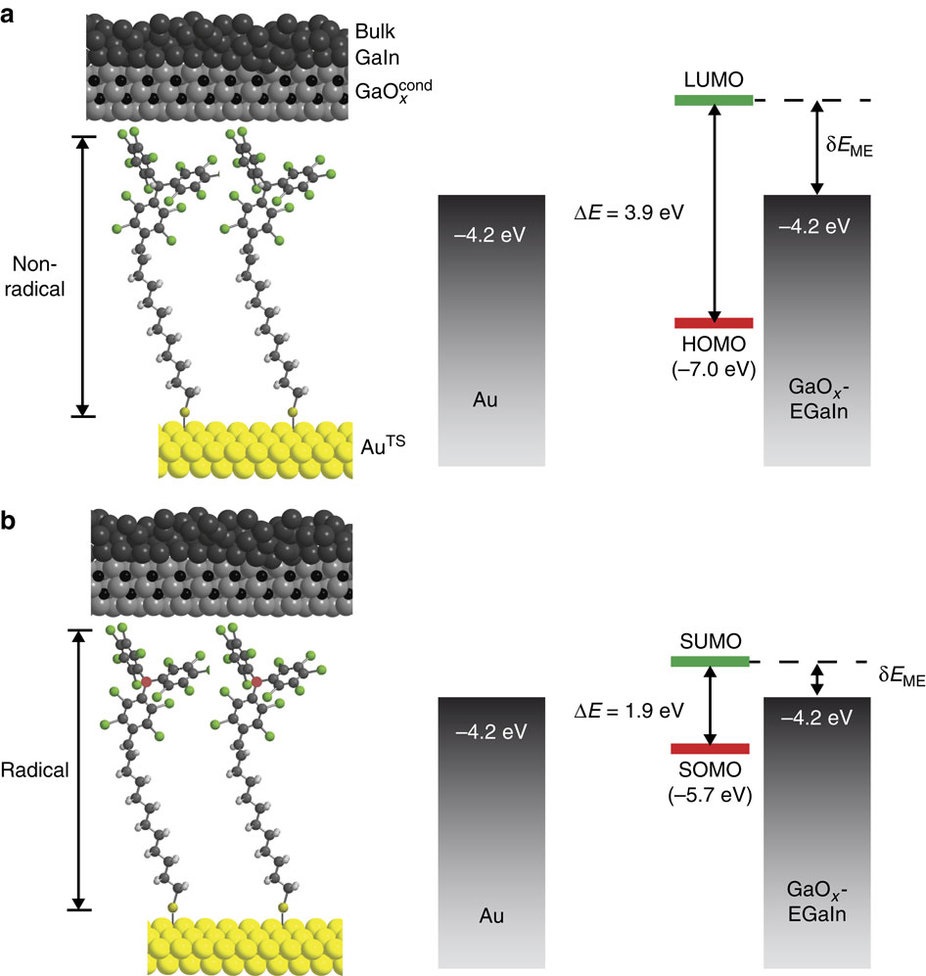A new system to detect Cocaine at very low concentrations
Ramon Martínez Máñez, Scientific Director of the Unit 26 of NANBIOSIS, together with researchers from his group and the group led by Professor Liz Marzal, both CIBER-BBN groups, have developed a new method to detect cocaine and Mycoplasma in very low concentrations.
The method involves the combined use of mesoporous silica nanoparticles, molecular equipped with doors, and spectroscopy SERS (Surface-Enhanced Raman Scattering) a signal amplification system that uses gold nanoparticles to detect very low concentrations of the substances tested. According to the tests that have been developed in the laboratory, in the case of cocaine it has allowed them to nanomolar levels of detection, and the Mycoplasma genomic DNA 30 copies/uL.
The detection system is based on the release of a dye easily identifiable spectroscopy SERS from inside silica nanoparticles, only when the species to be detected is present. “The pores of the nanoparticles are unblocked in the presence of cocaine and Mycoplasma or a dye that interacts with gold nanotriángulos is released, and is this interaction which is detected by SERS spectroscopy. The concentration of the substance to be detected is proportional to the detected signal”, says Ramon Martinez Máñez, Scientific Director of NANBIOSIS.
Article of reference:
Surface Enhanced Raman Scattering and Materials for Sensing Applications Gated: The Ultrasensitive Detection of Mycoplasma and Cocaine. Oroval, M., Coronado-Püchau, M. Langer, J. Sanz-Ortiz, MN Ribes, A. Aznar, E. Coll, C. Marcos, M.D. Sancenón, F. Liz-Marzan, L. M., Martinez-Máñez, R. Chemistry-A European Journal. DOI: 10.1002 / chem.201602457
